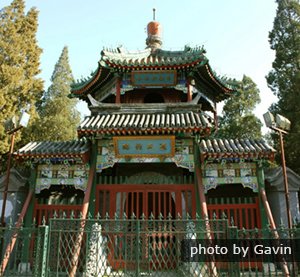Medieval art focused on adornment and symbolism rather than perfection and realism. Lack of perspective as well as lack of proportions were common traits in this period. Colors were vibrant and bold and often there was a depiction of violence. The figures were flat and stiff with no emotion. It may have been hard for artists to find a voice when the Catholic Church was the controlling power, and a great deal of the production was for the purpose of teaching religion to the illiterate. That is not to say that revolutionary art wasn't being produced.(1)
The painting above is believed to be one of Dutch painter Hieronymus Bosch circa 1575. It is an allegorical panel densely populated with grotesque creatures and macabre scenes. This is something we haven't seen before. Bosch was the first artist to depict realms outside of human comprehension and is considered the first modern surrealist. While the purpose of his paintings was to instill Christian principles upon the viewer he managed to veer away from literal truths in his iconography. The story being told here was Christ's descent into Limbo to rescue the righteous souls. It would take multiple views to absorb all that was happening. His use of a limited color palette created a very dramatic scene. The canvas, or wood panel, depicts flat naked people representing the tortured souls in limbo. Hell was a common scene in Hieronymus Bosch's paintings, and he typically conveyed a darker side to the human psyche in his art. (2)
Hieronymus Bosch not only used symbolism in his paintings, but he also used satire which made his work hard to interpret but unique. We do observe a common use of flat lifeless looking people being tortured, vibrant colors that convey a sense of doom, and surreal proportions that were indicative of the times. However, Bosch drew solely from his imagination when creating his bizarre landscapes and hellacious biblical scenes. The imagery and juxtaposition of the different scenes happening is complex and fluid. He was a revolutionary mad scientist that created some truly unforgettable imagery that is still being copied today.
Notes
1. "Introduction to Classical, Medieval, and Renaissance Art," accessed September 30, 2020, https://www.murrieta.k12.ca.us/cms/lib5/CA01000508/Centricity/Domain/1517/Art%20Comparison%20Example.pdf.
2. "Hieronymus Bosch," The Art Story, accessed September 30, 2020, https://www.theartstory.org/artist/bosch-hieronymus/










